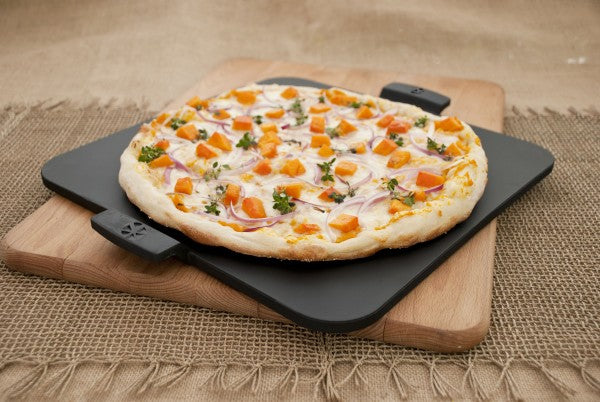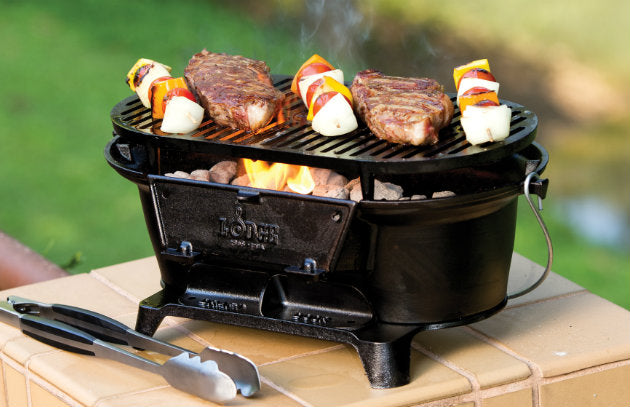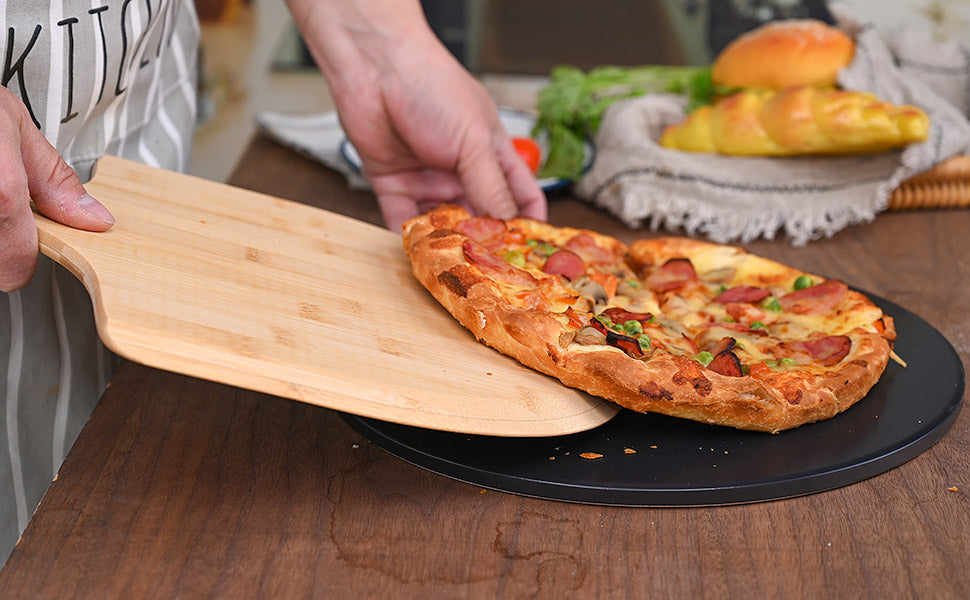Using a baking stone can truly transform your pizza-making game, elevating your kitchen into a true artisanal pizzeria. Mastering how to use a baking stone for pizza is an essential skill for anyone looking to serve up perfectly crispy crusts, bubbling toppings, and evenly baked bases.
The primary keyword 'how to use a baking stone for pizza' is key to unlocking the art of pizza crafting. With the right techniques and a bit of practice, you can create pizzas that rival those from your favorite restaurants. Read on to uncover the secrets to maximizing the potential of your baking stone.

Baking Stone Essentials: Why You Need One
A baking stone, commonly called a pizza stone, is a thick, flat piece made from stone or ceramic that absorbs and releases heat evenly. This property is vital for replicating the intense heat of a professional pizza oven, which cooks pizzas in mere minutes.
A significant reason chefs and home cooks favor baking stones is their ability to absorb moisture during baking, which leads to the coveted crispy crust. Additionally, these stones are incredibly versatile tools that can be used for baking cookies, bread, or even roasting vegetables. For a comprehensive guide on another use, check out baking bread.
Step-by-Step: Using Your Baking Stone Effectively
Step 1: Choose the Right Position
To achieve optimal results, place your baking stone on the lower or middle rack of the oven. This setup allows your pizza to receive consistent heat. Be sure to let the stone heat up gradually, ideally for at least 30 minutes during the oven preheat.
Step 2: Preheat That Oven
Don't skip the preheating step. Set your oven to a temperature between 475F to 500F (approximately 245C to 260C) to ensure the stone reaches the necessary temperature. This high heat is crucial to achieving the crispy, golden crust that defines a great pizza.
Step 3: Assemble Your Pizza
While your stone is heating, prepare your pizza with your favorite toppings. Remember to be cautious not to overload it, as too much can impede proper cooking. Ensure your dough is well-floured to prevent sticking to the stone.
Step 4: Transfer with Care
Use a pizza peela wooden or metal paddlelightly dusted with flour or cornmeal to slide your assembled pizza onto the hot stone. This step is essential to avoid sticking and ensuring a smooth transfer.
Tips for Consistently Perfect Pizzas
If you're facing challenges like sticky dough or uneven cooking, consider these professional tips:
- Parchment Paper: This prevents sticking without adding excess flour that could burn and create smoke.
- Watch Cooking Times: Keep an eye on your pizza and adjust cooking times according to your ovens characteristics.
- Use an Oven Thermometer: For better heat management, use a thermometer to confirm the stone has reached the optimal temperature.
- Cooling and Cleaning: Allow the stone to cool completely before using a brush or scraper to clean off any residue. Avoid soap, which can seep into the porous stone.
Beyond Pizza: Other Uses for Your Baking Stone
While you may be focused on perfecting pizza, don't forget about the versatility of your baking stone. It serves as an excellent tool for baking artisan breads, cookies, and even roasting vegetables. For more creative culinary ideas, explore this Epicurious article that showcases varied uses beyond just pizza.

Frequently Asked Questions
How can I stop my pizza from sticking to the stone?
Make sure your dough is sufficiently floured, and consider using parchment paper to keep it from sticking while avoiding excess flour on the stone.
Can I keep the baking stone in the oven all the time?
Absolutely! Many professionals leave it in to help distribute heat evenly throughout the oven. Just be sure it's positioned safely given its weight.
What should I do if my baking stone cracks?
Cracks might occur due to improper handling or sudden temperature shifts. To prevent this, make sure to heat and cool the stone gradually. If it does crack, consider replacing it to maintain your baking quality.
Understanding Stone Usage and applying these techniques is sure to enhance your skills. With a few expert tips and some creative applications, your baking stone will become an invaluable tool in your kitchen.
This article contains affiliate links. We may earn a commission at no extra cost to you.






Leave a comment
This site is protected by hCaptcha and the hCaptcha Privacy Policy and Terms of Service apply.